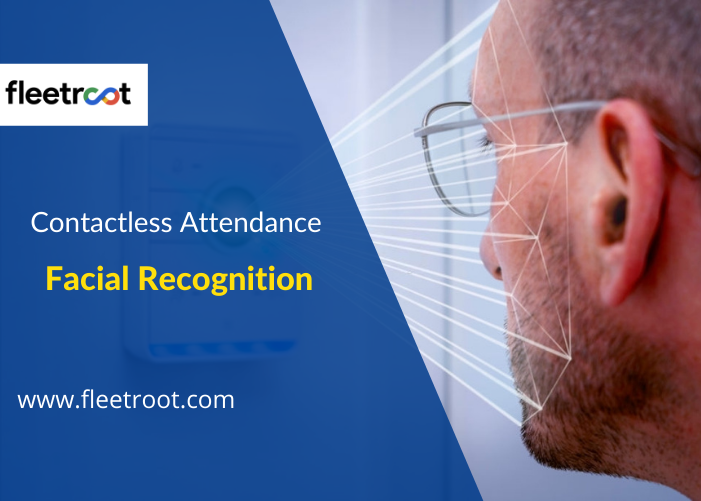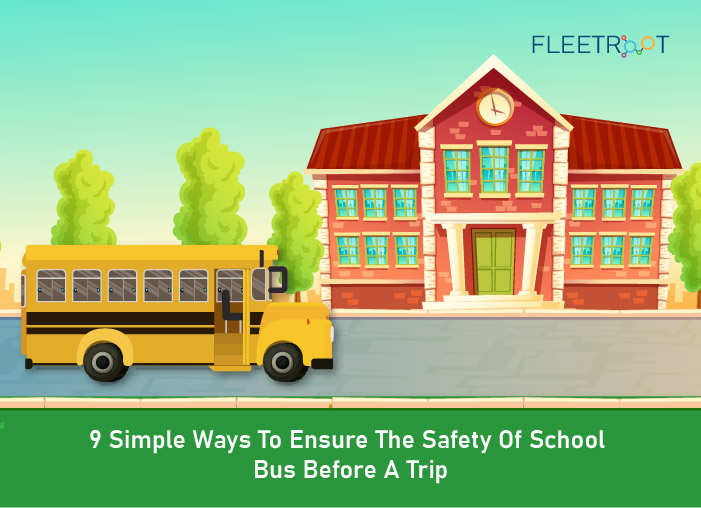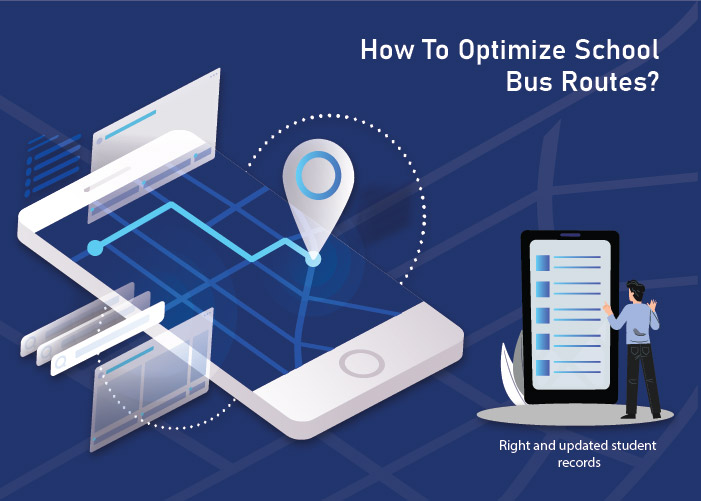Summary
The pandemic has ensured that our lives are driven by processes that are “contactless”! Every aspect of our lives now seems to be “contactless”, whether at work, recreation, travel, or even during social interactions. Who could’ve imagined that we would be required to maintain “social distancing” even while socializing!
One area that had already made a tech-driven leap into such “contactless” procedures was the “facial recognition” attendance systems used in schools, offices, and other places that need to monitor the inflow-outflow of its people. The arrival of the pandemic, in turn, has ensured that such systems have been (even more) rapidly adopted at all such places.
Contactless attendance via facial recognition for students wearing masks.
Given our lives in COVID times, we strive for everything “touchless”, “contactless”, “remote” and the like! Under such circumstances, techniques of facial recognition become the handiest of methods for firms, schools, and places of employment and visitors to make this process “contactless”. And, as we look for the pandemic to permanently recede as 2022 progresses, such “contactless” systems will become the rule for clocking attendance as we move ahead.
In recent years, biometric systems like fingerprint scanning were popularly used for clocking attendance, but those will almost certainly become a thing of the “pre-Covid” era since contactless systems like face recognition are quicker and more efficient.
What exactly is a “Facial Recognition Attendance System”?
It is a system that uses facial recognition technology for the purpose of identifying and verifying a student (or, person) by using the facial features of that student and marking the attendance automatically.
Such a Facial Recognition System can be used wherever daily attendance or presence needs to be recorded, maintained, and verified e.g. students (schools), employees (offices), workers (factories). All the data is automatically recorded and stored by the system. The system can further be used to link through to other access points within the premises (e.g. access to restricted areas), and automatic pay-roll calculations.
Why is it suddenly in the news?
A facial recognition system is a “touchless” or “contactless” way of managing the entry system of students, employees, workers, and visitors in schools, offices, and factories. While other tech-driven systems (e.g. fingerprint scanning) have existed a long while now, all of them used some form of “touch”. A facial recognition system, however, is a fully contactless way to record student attendance.
Therefore, given how much our lives have turned “contactless” during the pandemic, a system like this works well to monitor the entry and exit of students into school premises in a safe and efficient manner.
What are the benefits of using a facial recognition system for clocking attendance?
Using a facial recognition system has several benefits – it can be used by schools as well as firms of various types across different sectors, can easily be scaled up or down based on changing requirements, and can be seamlessly integrated into other systems e.g. payroll calculations, area-access to develop a more efficient, faster and productive operation.
Let’s look at the top 5 benefits of using a facial recognition system:
1) 100% contactless: As the name, itself suggests, a “facial recognition system” uses sensor technology to identify the face of a person and mark his attendance automatically within the system. There is no contract involved and a suitable (safe) distance is maintained between the screen and the face being scanned.
The onslaught of the pandemic has ensured the rapid adoption of such systems at schools, workplaces, and other places that need to monitor the inflow-outflow of people. Not only does it help make “contactless” a process that earlier needed human interaction and physical contact (e.g. physical checking of ID cards, signing of attendance registers, close proximity between security guards and those entering) but it has also improved the efficiency of the process while maintaining the required details is managing attendance.
2) Detecting masks and body temperature: A facial recognition system isn’t limited to simply scanning the faces of students that are entering – it can also detect the student’s body temperature. Since fever is a leading symptom of Covid patients, an entering student (or, employee/visitor) who exhibits body temperature that is higher than normal can be segregated and asked to proceed for further checks per the school provisions.
Importantly, the system can also detect if the student being scanned is actually wearing a mask or not – therefore, Covid’s appropriate behavior can also be monitored and maintained. Since it can be seamlessly integrated with other aspects of operations (e.g. allowing access to restrooms, classrooms via turnstiles), such a system can help maintain Covid protocol with minimal – or, zero- manual interaction.
3) Integrated access-control: Facial recognition systems are optimally effective when integrated to provide access to various departments/areas within a school or office premise. Therefore, the system is used not just for a one-time check but is embedded within a network across school premises to monitor the movement of students (or, employees). Not only is this most important in today’s times of pandemic but it can also be used effectively for security, speed of movement, and operational efficiency.
Several access points like doors, gates, turnstiles, elevators, and escalators (etc). for students or employees can be made accessible automatically – or, denied – only after scanning has been completed successfully.
4) Automatic sanitization: Extending the access-control feature as mentioned above, a facial recognition system can be linked with a hand-sanitizer dispenser fitted alongside so that as soon as the student’s face has been scanned and been given the go-ahead, the dispenser dispenses the sanitizer just as soon as the student places his hands under the nozzle. The records of the students that have been cleared can also be centrally linked to several such hand-sanitizer dispensers at various entry points e.g. restroom entrances.
5) Configurable and flexible: The technology used by the system is flexible and configurable, thereby allowing companies to choose features and tools based on their needs.
- Technology: works via the cloud, on a local server, or a hybrid solution
- Features: includes facial recognition for attendance, mask detection, thermal sensors, adjustable distances between the scanner and the student’s face (or body), various screen sizes, multiple languages, multiple face-readings etc. Essentially, you can set up the system to meet your objective in the environment (infrastructure) that you are operating under
- Scale: can be increased/ decreased, based on requirements and hardware being utilized. For example, the system can identify 4,000 unique faces or be scaled up to 60,000+ faces depending on the need
Conclusion: Attendance management systems have made a seismic leap into the future and earlier technologies like “touch” based systems e.g. fingerprint biometric scanning, are a thing of the past. Today, a “contactless” attendance system like a Facial Recognition System that not only meets today’s (pandemic) safety requirements but also improves the mobility of the process it is serving is the way of our world. If you haven’t already, you must immediately adopt such technology to manage your school/office attendance.
Our School Bus GPS Tracking System is designed to manage a fleet of school bus, especially in Covid Period.



